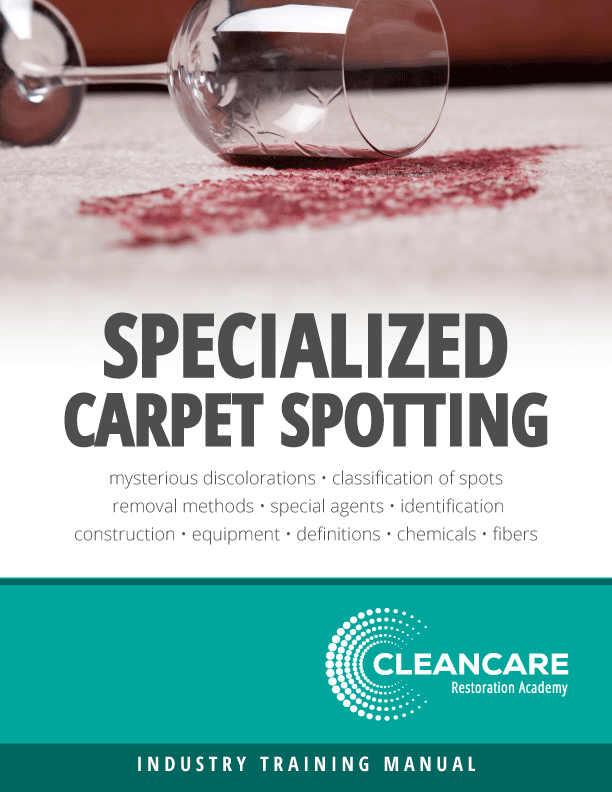Mold Prevention and Remediation in HVAC Systems

Mold is a common issue in building interiors with poor humidity control, and the US Environmental Protection Agency recommends professional remediation when a mold patch exceeds 10 square feet. Mold is detrimental for indoor air quality, producing an unpleasant musty odor and causing allergic reactions. Mold can also damage porous objects such as carpets and furniture, forcing building owners to replace them.
When a client has a mold infestation, it is important to point out that humidity control is the only permanent solution, and ASHRAE recommends keeping relative humidity below 60 percent. Mold spores are extremely resilient and nearly impossible to eliminate completely, which means that mold will simply grow back if the humidity problem is not addressed.
Mold infestations that affect HVAC installations require urgent attention, since their spores can spread more easily through indoor spaces. Mold can spread very quickly if left unattended in a moist environment.
Importance of Adequate Mold Detection
Mold remediation can be a challenging task when it affects HVAC components such as ductwork and air handlers. Before proceeding, it is important to ensure that the client actually has mold issues, since dirt accumulation can sometimes seem like mold. The first step should be an adequate inspection and mold testing.
Once the presence of mold has been verified, it is important to determine which affected components can be cleaned and which must be discarded and replaced. Consider the case of mold in ductwork:
-
Porous components such as insulation and fiberglass ducts must normally be replaced when they are affected by mold.
-
Metallic ducts and other non-porous components are less susceptible to mold, and can be reused with proper cleaning.
When professional mold remediation services are required, the scope of work must be clearly discussed with the client. For instance, the remediation contractor should explain the US EPA guidelines for containment: Limited containment for mold patches between 10 and 100 square feet, and full containment when the affected area exceeds 100 square feet.
Clients should also be made aware of the health risks associated with mold, which are often underestimated. Remediation contractors must explain that the containment area can only be accessed by authorized personnel with adequate protection equipment, and that it will be kept under negative pressure to keep spores from spreading.
The Importance of Humidity Control
Even with the best professional remediation services, mold can become a recurrent issue if humidity is not controlled properly. Oversized air conditioning equipment is a common cause of high humidity: since there is excessive cooling capacity, the air conditioning system operates in short cycles that don’t remove moisture effectively. If humidity remains an issue with a properly sized HVAC system, additional dehumidification may be required.
Before carrying out mold remediation, the client must be aware that mold regrowth does not mean that the service was deficient. As previously mentioned, mold spores are highly resilient and can spread easily through the air. While eliminating mold patches is possible, getting rid of all the spores in an affected building is unfeasible. However, spores can be killed with humidity control, preventing regrowth.
Looking for a reprint of this article?
From high-res PDFs to custom plaques, order your copy today!






